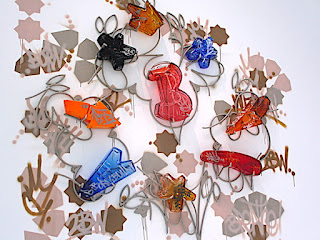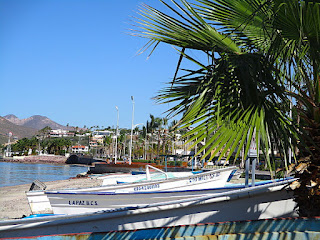Once in a lifetime road trip through Baja California and Baja California Sur in Mexico: 45 Million visitors are coming every year to this beautiful country. Most of them are flying to Mexico, and just staying in a resort - unfortunately not seeing much of the exciting nature and stunning landscapes that the country offers. A year ago I took the plunge and drove through central Mexico, and via boat ferry over to the extended pacific peninsula of Baja California. Two months later I traversed the almost 1,500-kilometer-long Mexican state - one of the most wonderful road trips I ever made!
Along this road trip, you will find amazing beaches, canyons, and cactus forests. Don't miss visiting surf spots on the Mexican Mainland and on the Baja California peninsulae, such as Playa Cerritos, Acalpulquito, La Ventana, Scorpion Bay, La Fonda, Playa San Miguel as well as beaches with calm blue water like Mulege, Santispac, Requeson, Playa Balandra, Lovers Beach, Divorce Beach, Medano Beach, and Chileno Bay.
http://content-on-demand.blogspot.com/2023/01/scuba-diving-in-baja-california-sur.html
Find great snorkel spots as well as free beachfront camping and low-cost camping for van life as well as tent camping. I discovered lovely, inexpensive hotels (all with enclosed parking garages) on my route through Baja California. And I always felt very safe when traveling alone.
.
There are oases and missions located in Loreto, San Ignacio, and Mulege. Amazing also the flora and fauna of Baja California with a variety of more than 4,000 plants. Or enjoy wine travel in the Northern part of the Baja. Read about Mexico's wine country, and Valle de Guadalupe.
Living the Ex-pat Life in Mexico
Mexico has affordable health care, affordable housing, and a very low cost of living in most parts. If you have ever thought about living the ex-pat life in Mexico: These are some of the best places in Mexico for digital nomads to make that dream a reality:
- San Miguel de Allende
- Merida
- Tulum
- Ensenada
- Mazatlan
- Alamos
- Durango
- Sayulita
- Campeche
- La Paz
These videos show the best places in the World to Life as a Digital Nomad:
https://www.youtube.com/watch?v=V-a-u1A8sSM
https://www.youtube.com/watch?v=_BYJhDIa1cc
https://www.youtube.com/watch?v=RRvt9Nvpqas
https://www.youtube.com/watch?v=dAYBtT44X8c
https://www.youtube.com/watch?v=SUeg8f6ifGg
<><><><><>
.



























































